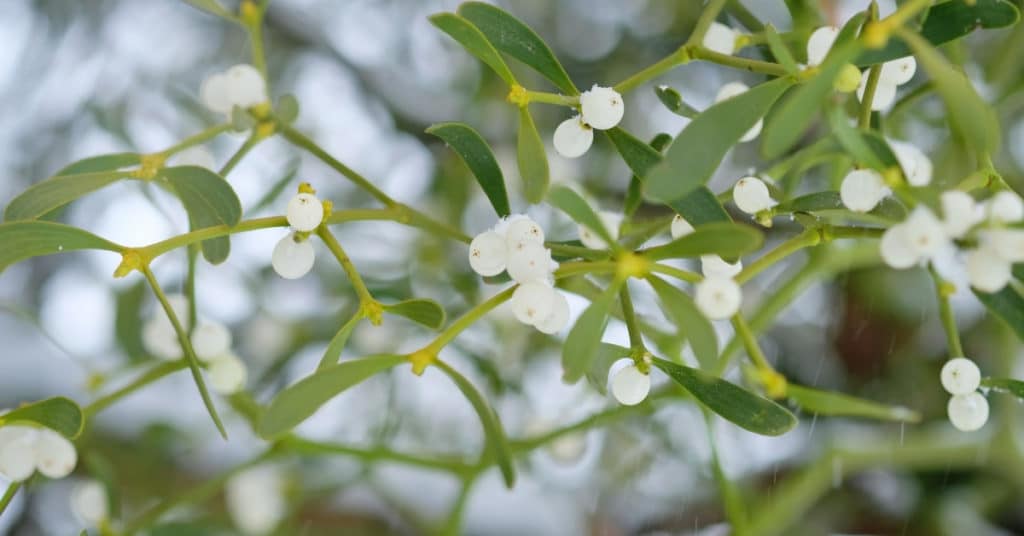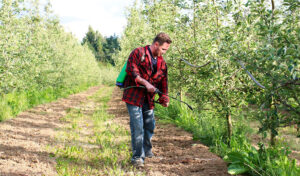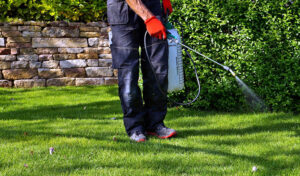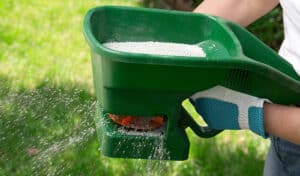Keep your lawn safe by educating yourself about the potential dangers of poisonous plants. Knowing how to identify and dispose of any dangerous shrubs that may pop up. Learn how to spot the problem and eliminate it with minimal damage.
What to Look For
There aren’t any distinguishing features that will apply to all poisonous plants, but there are a few commonalities. As a general rule of thumb be cautious of plants that have leaves in threes, yellow and white berries, milky sap, or very glossy or very dull leaves. Any of these markers could mean danger.
Poison Oak
When identifying poison oak, look for leaves that grow in clusters of three, five, seven, or nine. This shrub-like plant often grows with yellow and white berries in clusters. Poison oak is commonly found in the southeast and along the west coast of the US.
Poison Ivy
Though this is one of the most well known poisonous plants, many do not know how to identify it. Poison Ivy can be tricky to spot because it can grow in many different shapes, forms, and even different climates. It can grow as a vine and spread up and around trees or it can grow as a small shrub. The leaves usually start out solid green on stems with clusters of three. Like other poisonous plants, the leaves can be glossy or dull in color. During the warm seasons, poison ivy often sprouts yellow flowers that will eventually grow into white berries. Poison ivy can grow in many climates and is found across the mainland US.
Poison Sumac
Poison sumac is distinguished with black and brown spots on its leaves. A stem usually contains between seven and thirteen leaflets. This plant also sprouts white and yellow berries. It usually grows as a woody shrub in swampy and humid climates. Poison Sumac can be found in the southeast of the US, particularly along the Mississippi River.
How to Uproot a Poisonous Plant
After identifying a poisonous plant, the next step is to uproot it before it spreads. This should be done with caution, you are dealing with poison. Wear protective clothing, including eyewear and gloves. Remove all traces of the plant and dispose of it. Keep an eye on the area where the plant was uprooted, incase it swings up again. When dealing with the plant, any contact could be dangerous. Be careful not to touch or ingest
How to Handle Exposure to a Poisonous Plant
If you have had the misfortune of being exposed to a poisonous plant—rinse the infected area with water and disinfectant immediately. Avoid contact of the infected area with any other area on your body as the infection can easily spread. If you are having a physical reaction that is persisting after treatment, seek medical attention right away. Physical reactions may vary based on the severity of the poison, your exposure, and your body. Any sort of redness, rash, or irritation should be checked with a medical professional.







